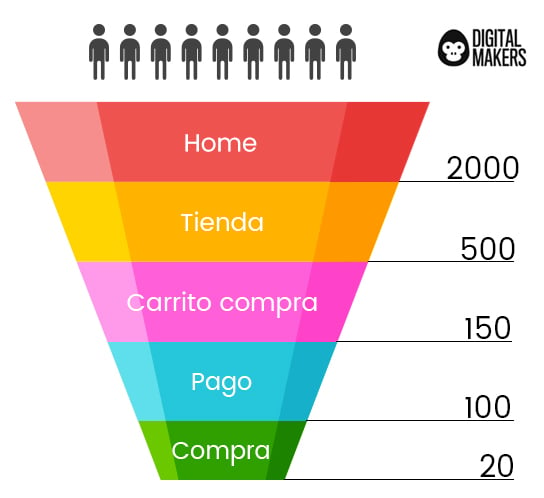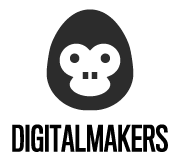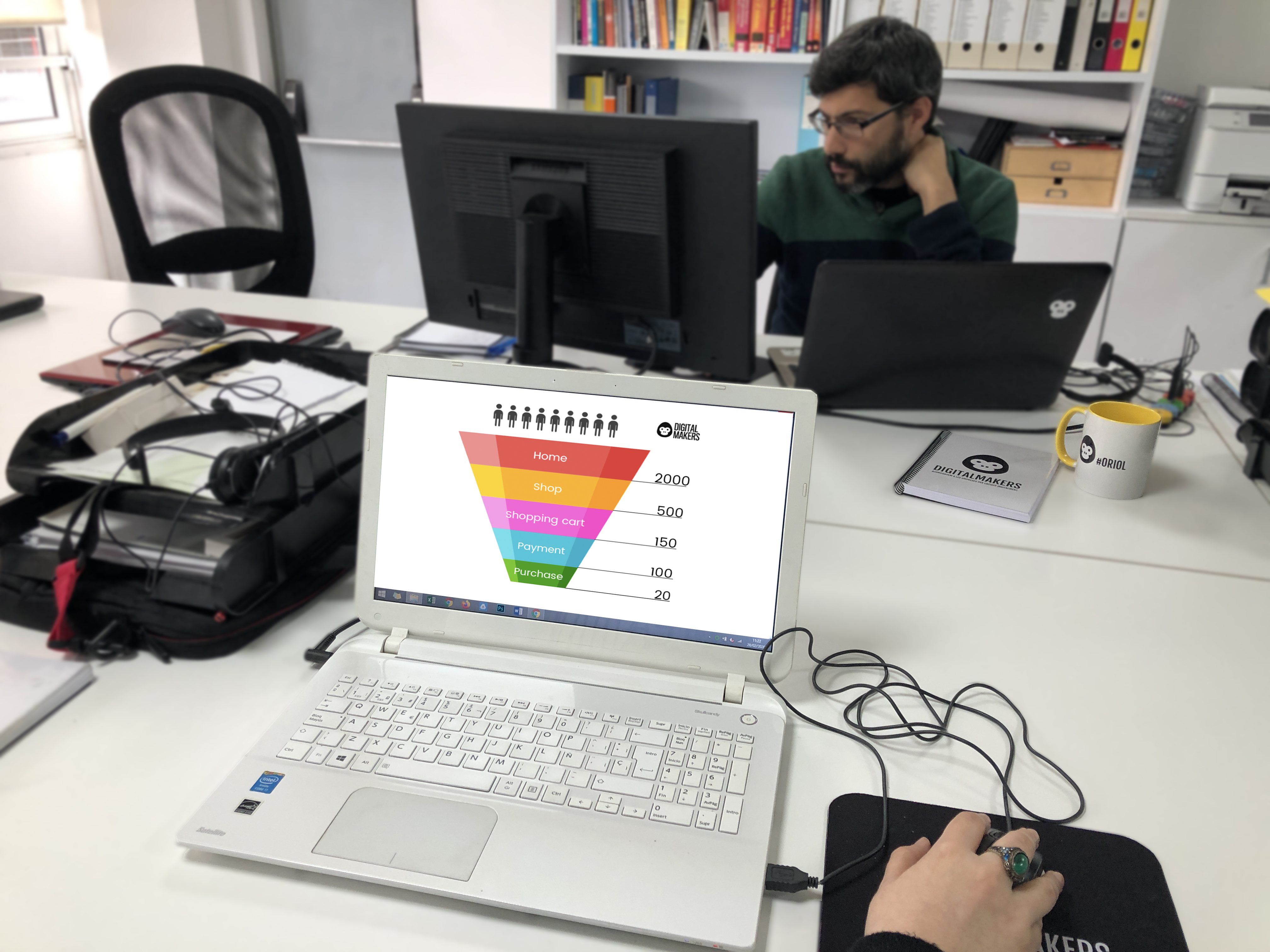In a previous article, we talked about the importance of digital analytics when defining aspects of your online strategy. We also covered which basic KPIs you should keep in mind. This time, following this series of articles, we will discuss one of the most important KPIs: the Conversion Rate (CR).
What is the conversion rate?
Basically, it is a percentage metric that measures the number of users who have completed an action, indicating the success of a process.
This action can be a purchase, registration, subscription, or anything else depending on the goal you want to measure.
To calculate the CR, you only need two pieces of data: the number of users who started the process and the number who completed it.
Why is this metric important?
As we explained in Growth Driven Design, the traditional website is now obsolete. Today, the website is the main marketing asset of a company, not just a business card. It should be designed with business objectives in mind, and the way to measure those objectives is through the conversion rate.
Knowing this metric allows you to determine if your strategy is effective or needs improvement.
Conversion funnel
The conversion rate creates a funnel, whose size depends on the number of steps in the process.
It’s important to note that we define the start of the process — it could be the homepage or a specific section of the website. As always, it depends on what you want to measure.
Here is an example funnel for a purchase process:

This funnel shows that out of 2,000 visitors to the website, 500 reached the online store section, 150 added a product to their shopping cart, 100 started the checkout process, and finally, 20 completed the purchase successfully. In this case, the conversion rate is 1% (20 purchases divided by 2,000 visitors, multiplied by 100 to get the percentage).
Your goal should be to make this funnel as straight as possible — meaning a high percentage of users who start the process finish it successfully.
How to interpret the conversion funnel?
There isn’t a single way to interpret it. You need to understand the process step-by-step and apply logic. For example, following the previous funnel, if 100 people start checkout, logic says they have already decided to buy, but if only 20 finish, there is clearly an obstacle preventing conversions. If the website only allows payment via PayPal and this is only disclosed at the end of the process, we can deduce this causes many lost conversions.
Another example: you created a form on the website to register users for a company event. 300 people clicked the call-to-action button to register, but only 50 completed the registration. Logic tells us that 300 users had already decided to register, but 250 did not finish. The first step is to check the form’s technical functionality. If there are no errors, analyze the form itself: perhaps you are asking for too much information, discouraging users, or the landing page linked to the button does not match expectations, causing users to leave without completing.
Not all interpretations are this straightforward, but we encourage you to review your conversion rates, obtain your conversion funnel, and start making small improvements. You’ll likely see your conversion rate increase, helping you achieve your marketing goals.











